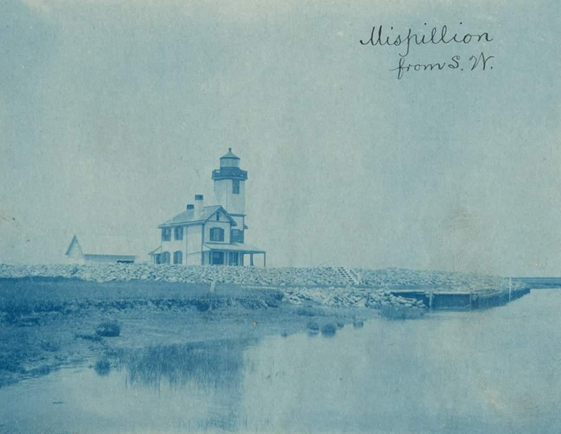
Meet the Original Slaughter Beach Oracle
By Jackson Gingrich I first met Frank Draper shortly after I moved to Slaughter Beach in the Fall of 2009, when Frank was Mayor, and as a new citizen started attending the monthly Town meetings. It was clear to me from the start that Frank’s knowledge of Slaughter Beach included a wealth of family and Town history that few people knew. Frank had a gift of story-telling and on various occasions he shared many of them with me. When I was asked to be on the Town Council, I came to understand how Frank worked behind the scenes to promote the Town interests through his vast network of State and County officials. And I certainly heard many of Frank’s recollections









